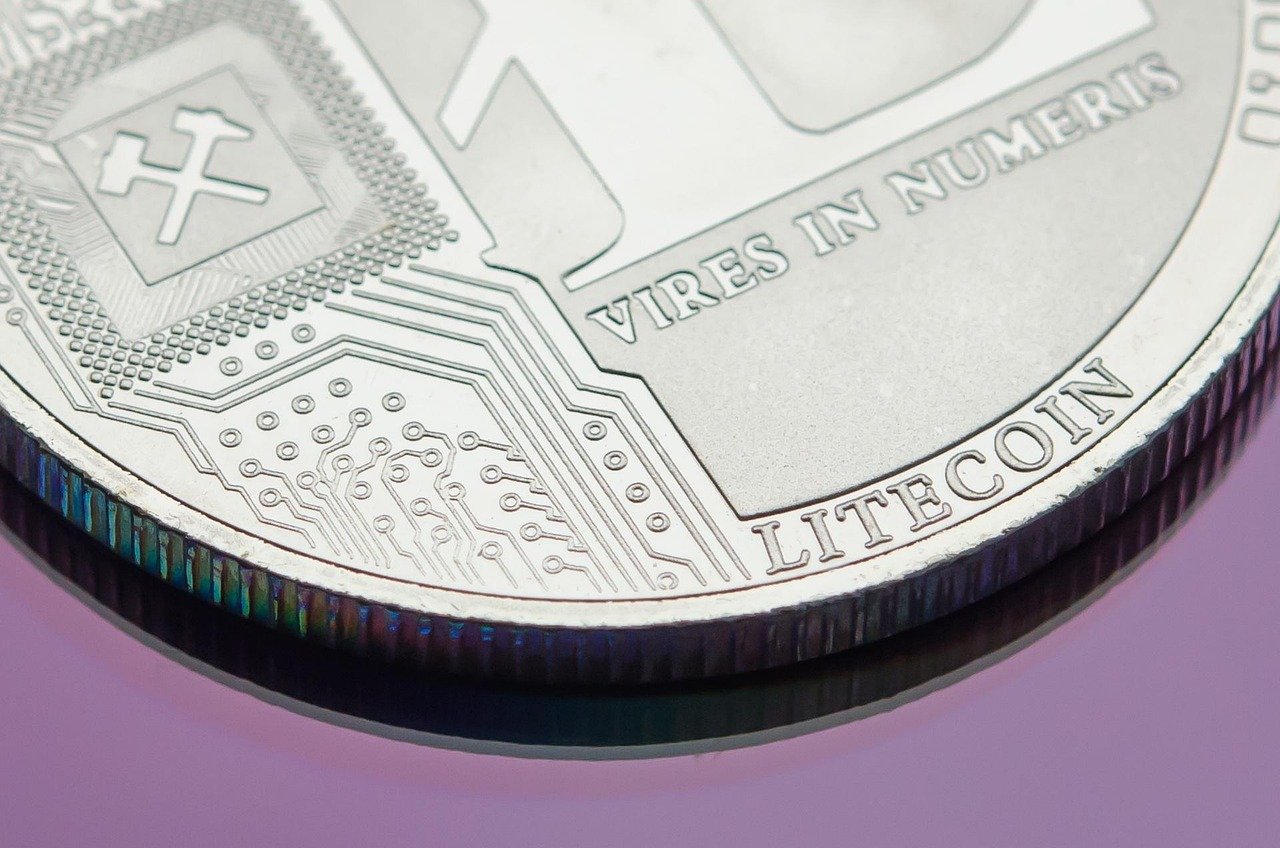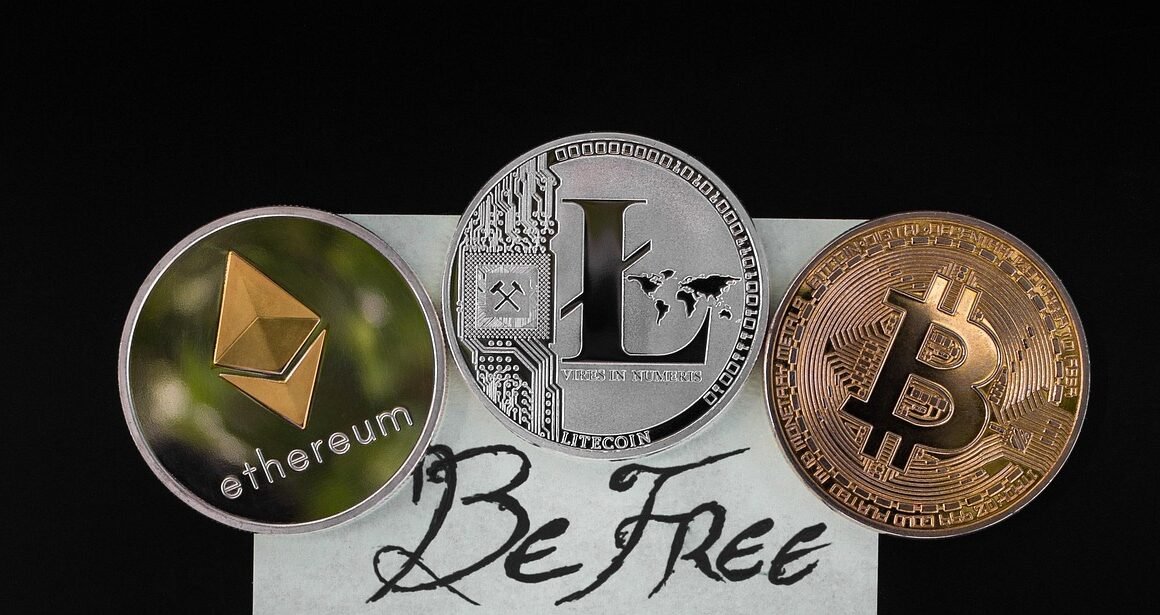Layer-1 blockchains like Bitcoin and Ethereum, while revolutionary, face scalability challenges, particularly as adoption skyrockets. Transaction speeds can slow down, and gas fees can become prohibitively expensive. This is where Layer-2 scaling solutions step in, offering a crucial pathway to faster, cheaper, and more efficient blockchain transactions. This blog post will delve deep into the world of Layer-2 solutions, exploring their mechanics, benefits, and the various approaches being adopted to enhance blockchain performance.
Understanding Layer-1 and Layer-2 Scaling
What is Layer-1 Scaling?
Layer-1 scaling refers to modifications to the underlying blockchain protocol itself to increase transaction throughput. This can involve:
- Increasing Block Size: Making blocks larger allows for more transactions per block. However, this can lead to higher hardware requirements for nodes and potential centralization issues.
- Sharding: Dividing the blockchain into smaller, manageable pieces (shards). Each shard can process transactions independently, significantly increasing overall throughput. Ethereum 2.0 plans to implement sharding.
- Protocol Improvements: Optimizing consensus mechanisms and other protocol-level parameters to achieve greater efficiency.
The Need for Layer-2 Solutions
While Layer-1 scaling attempts are crucial, they often involve complex and potentially risky protocol changes. Layer-2 solutions offer an alternative approach by building on top of the existing Layer-1 blockchain. This allows for faster innovation and less disruption to the core network.
The fundamental principle of Layer-2 is to move transaction processing off-chain, only settling the final results on the Layer-1 blockchain. This significantly reduces the load on the main chain and allows for faster and cheaper transactions.
Types of Layer-2 Scaling Solutions
Several different Layer-2 solutions are available, each with its own strengths and weaknesses. Here are some of the most prominent:
State Channels
State channels involve creating a direct communication channel between two or more parties. They can then conduct multiple transactions off-chain, only posting the final state of the channel back to the Layer-1 blockchain. Examples include:
- Lightning Network (Bitcoin): Primarily used for micro-payments. Users lock funds into a channel and can then send and receive payments instantly with extremely low fees.
- Raiden Network (Ethereum): Similar to the Lightning Network, but designed for Ethereum and ERC-20 tokens.
Benefits: Fast transactions, low fees, high privacy.
Limitations: Requires both parties to be online and willing to participate. Not suitable for complex smart contracts.
Rollups
Rollups execute transactions off-chain and then bundle (roll-up) multiple transactions into a single transaction on the Layer-1 blockchain. This significantly reduces the gas costs per transaction.
#### Optimistic Rollups
Optimistic rollups assume that transactions are valid by default and post them to the Layer-1 chain. A challenge period is then provided, during which anyone can submit a fraud proof if they believe a transaction is invalid. Examples include Arbitrum and Optimism.
Benefits: Higher compatibility with Ethereum smart contracts, faster deployment.
Limitations: Withdrawal delays during the challenge period, potential security risks if the fraud proof mechanism is flawed.
#### Zero-Knowledge Rollups (zk-Rollups)
zk-Rollups use cryptographic proofs (specifically zero-knowledge proofs) to verify the validity of transactions off-chain. The proof, rather than the entire transaction data, is then posted to the Layer-1 blockchain. This significantly reduces the amount of data required to be stored on-chain. Examples include zkSync and StarkWare.
Benefits: High security, fast finality, reduced data requirements.
Limitations: More complex to implement, limited smart contract compatibility (though progress is being made).
Sidechains
Sidechains are independent blockchains that run parallel to the main chain and are connected to it via a two-way peg. Assets can be moved between the main chain and the sidechain. Examples include:
- Polygon (Matic): A popular sidechain for Ethereum that offers faster and cheaper transactions.
- xDai Chain: Another Ethereum sidechain focused on stability and low transaction costs.
Benefits: High scalability, customizable rules and consensus mechanisms.
Limitations: Relies on its own consensus mechanism, which may not be as secure as the main chain. Requires bridges to transfer assets, which can introduce vulnerabilities.
Validium
Validium is similar to zk-Rollups but with one key difference: transaction data is not stored on the Layer-1 blockchain. Instead, it’s stored by a third-party data availability committee. This further reduces costs, but relies on the integrity of the data availability committee. StarkEx from StarkWare can be configured as a Validium.
Benefits: Lowest transaction costs, high scalability.
Limitations: Relies on the trustworthiness of the data availability committee. Potential centralization risks.
Benefits of Using Layer-2 Solutions
Layer-2 solutions offer several compelling advantages over relying solely on Layer-1 scaling:
- Improved Scalability: Significantly increases the number of transactions that can be processed per second (TPS).
- Reduced Transaction Fees: Lowers gas fees, making blockchain transactions more accessible and affordable.
- Faster Transaction Speeds: Enables near-instantaneous transactions, improving user experience.
- Enhanced User Experience: Makes blockchain applications more usable and appealing to a wider audience.
- Preservation of Security: Many Layer-2 solutions leverage the security of the underlying Layer-1 blockchain, ensuring a high level of trust.
- Enables New Applications: Facilitates the development of use cases that are impractical on Layer-1 due to high costs and slow speeds, such as micro-payments and high-frequency trading.
Choosing the Right Layer-2 Solution
Selecting the appropriate Layer-2 solution depends on your specific needs and priorities. Consider the following factors:
- Application Type: Different Layer-2 solutions are better suited for different applications. State channels are good for micro-payments, while rollups are better for general-purpose smart contracts.
- Security Requirements: If security is paramount, zk-Rollups or solutions that heavily rely on Layer-1 security are preferable.
- Cost Sensitivity: Validium and sidechains often offer the lowest transaction costs.
- Developer Resources: Consider the availability of developer tools, libraries, and community support.
- Smart Contract Compatibility: Optimistic rollups generally offer better compatibility with existing Ethereum smart contracts.
For example, if you are building a DeFi application that requires high security and frequent transactions, a zk-rollup might be the best choice. However, if you are developing a simple payment app, a state channel or sidechain could be sufficient.
Conclusion
Layer-2 scaling solutions are critical for addressing the scalability challenges facing blockchain technology. By offloading transaction processing from the main chain, they enable faster, cheaper, and more efficient transactions, paving the way for wider adoption of blockchain applications. Understanding the different types of Layer-2 solutions and their respective trade-offs is essential for developers and users alike to choose the right solution for their specific needs. As the blockchain ecosystem continues to evolve, Layer-2 solutions will undoubtedly play an increasingly important role in shaping the future of decentralized applications and finance.



